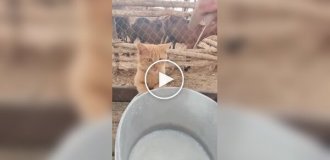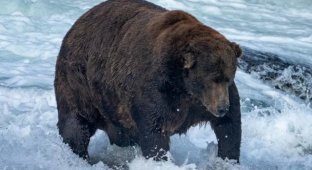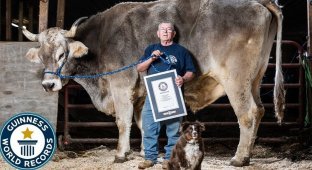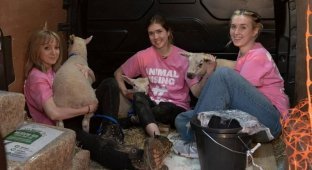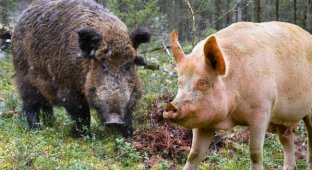Why are the local brown bears almost 2 times larger than usual? 
Yes, Kodiaks are huge. But how much? Just imagine: if bears wore shoes, then Kodiaks would be about size 60-62! Here, size 42 boots are not always available, so where can we get 20 sizes larger for those with club feet, and also 4 pieces?! 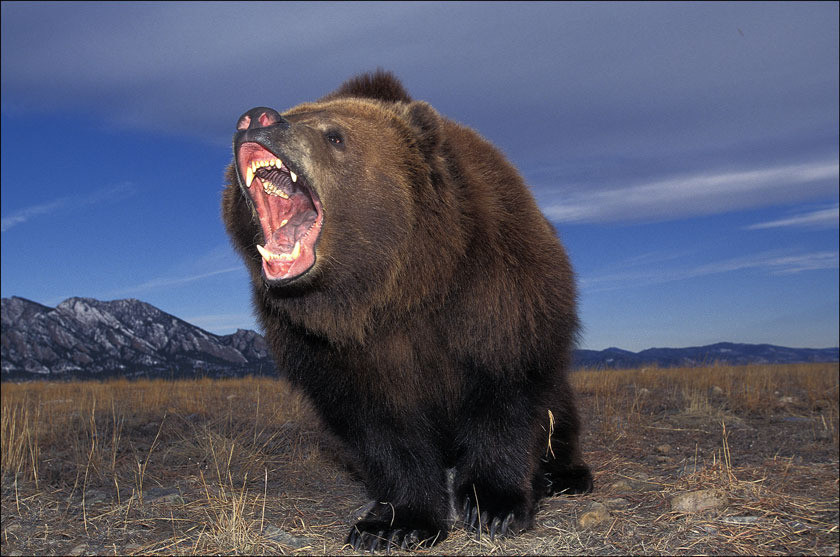
When I put on new sneakers, but they feel tight in all places at once.
Kodiak, Kodiak brown, Alaskan brown, or as it is also known locally as takukaak, is the largest recognized subspecies of brown bear. You can get to know the Kodiaks better on the Kodiak archipelago of the same name, which is located off the southeastern coast of Alaska. But we strongly do not recommend going there and wandering through the forests on your own in search of bears and adventures in soft places. And not only because it is extremely life-threatening - your encounter with a takukaak can harm the animal itself. 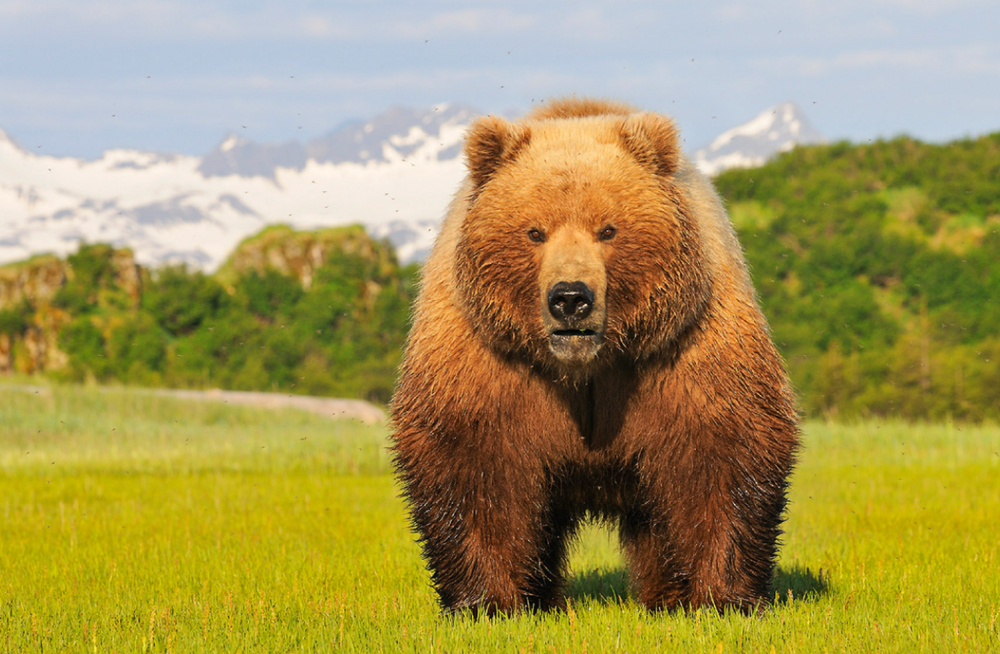
I'm not fat! I'm on a roll!
These furry brutes are so stressed by the presence of crowds of people that they can even leave areas with a lot of food, causing them to lose weight, do not tolerate hibernation well and become frail. Who would have thought that contenders for the title of the largest land predator on the planet have such a sensitive nervous system! 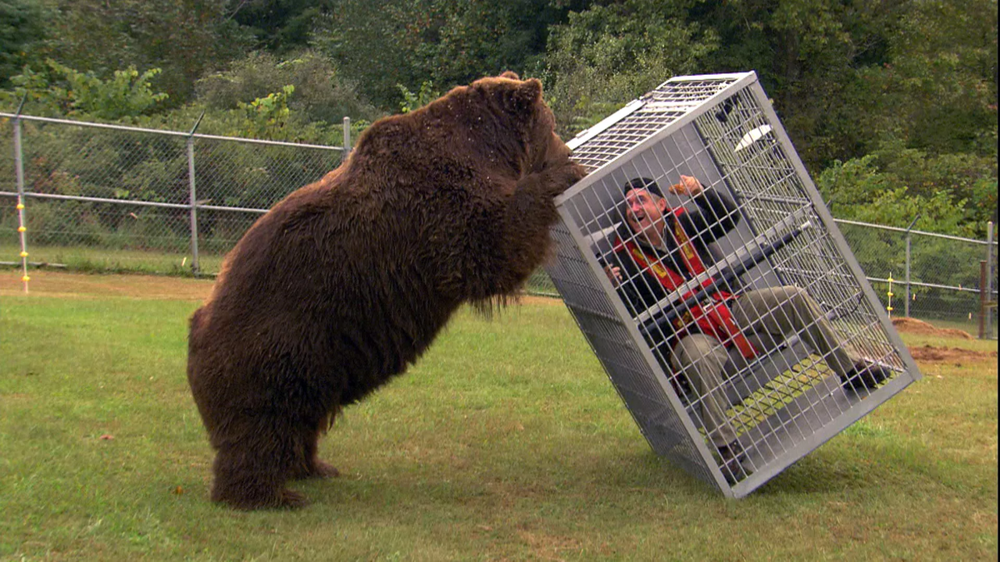
Now I'll take you for a ride. Farther from here.
According to scientists, the average weight of Kodiaks ranges from 300 to 600 kilograms, depending on the time of year, gender and health status. The largest wild bear weighed 751 kilograms, and in the zoo, with everything ready, the weight of one seasoned male generally exceeded a ton! For comparison: the average weight of other brown bears is only 115-360 kilograms. 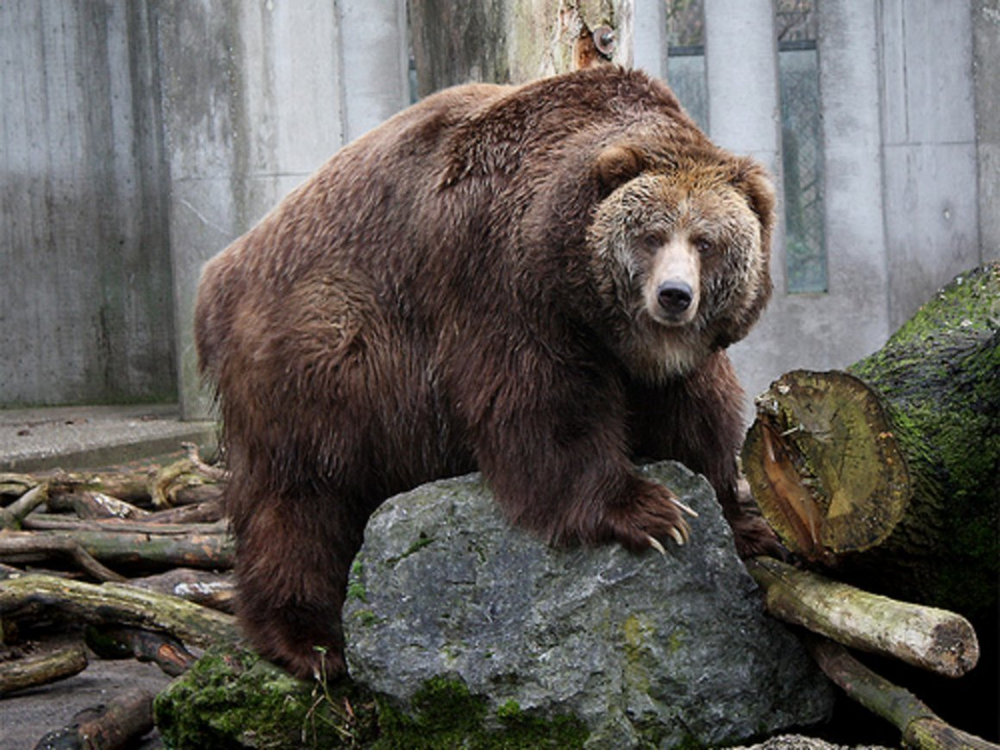
Yes, I broke the stone. And the tree too. And if necessary, I’ll break you too.
Now a natural question arises. One - ordinary brown bears and Kodiaks are considered relatives, two - the animals live not too far apart from each other, three - the bears are very similar to each other both in appearance and in anatomy. But why then are our heroes so huge? Are there any rules or restrictions? 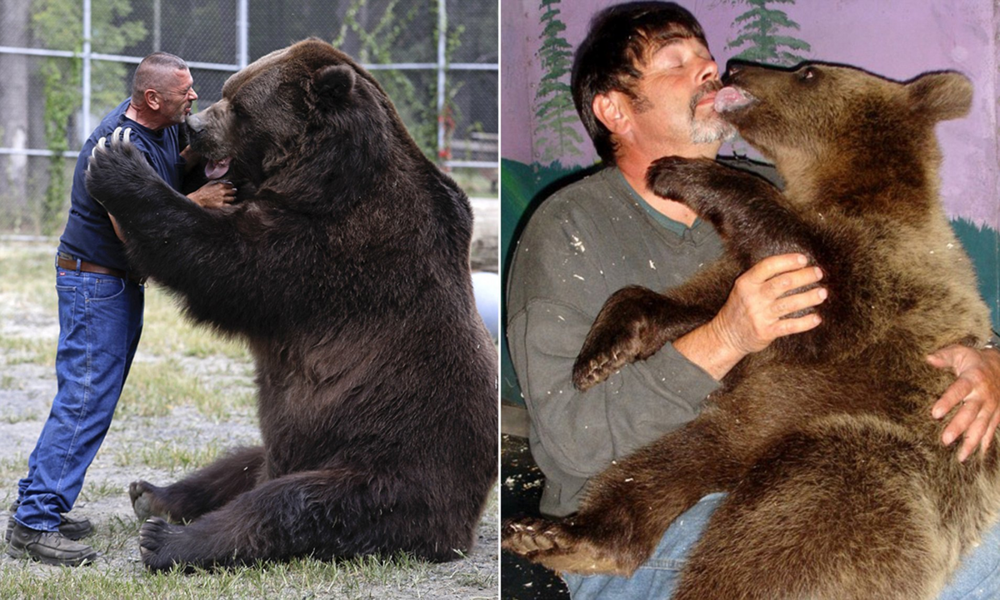
The same child who has outgrown all his relatives.
Yes, indeed, there are some rules regarding the size of animals. Specifically in our case, we can recall Foster’s rule. It explains the phenomena of island gigantism and dwarfism. When larger animals arrive on the island, they evolve to become smaller. And when every little thing gets onto the island, it increases significantly. After all, there are few predators on the islands, and there is enough prey to chew on. 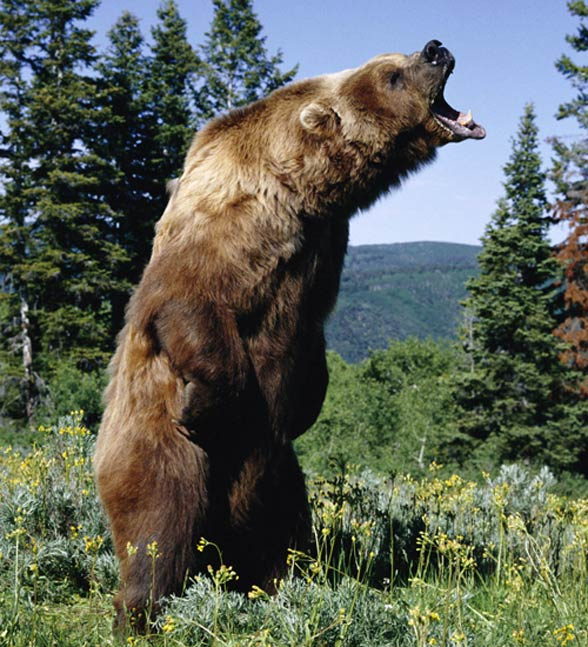
I'm going to put the food here.
This rule very simply explains the phenomenon of the increase in the size of Kodiaks. Look: approximately 10,000-12,000 thousand years ago, when the coastal waters were tightly frozen, a small part of the population of mainland brown bears passed along a natural bridge to the Kodiak archipelago. Later, the climate became warmer, the ice melted, and the bears remained on the islands. And then it would be logical for them to begin to shrink, but don’t forget, we’re not just talking about a “large animal,” we’re talking about a bear. Not only are these animals very unpretentious in food, but they are also very smart. 
What are you looking at? I brought a snack, bring me a drink!
In the spring, clubfoot feeds on fresh greens and carrion, which thaws after the winter. In the summer, from May to September, animals switch to a highly nutritious diet of fatty ocean fish. Some species of salmon enter the fresh rivers and lakes of the archipelago to spawn, which the Kodiaks take advantage of very successfully. In autumn, bears collect large quantities of ripe berries, a rich source of carbohydrates. Also, regardless of the season, animals can easily get food on the coast, hunt local animals, or rummage through garbage. Not life, but a fairy tale!
That’s why the takukaaks were scattered: there was plenty of food, but not a single predator. Actually, even among themselves the bears are once again trying toe quarrel. Try to start a mess here when a couple dozen more like you are getting food nearby: in an area of 2.6 km², biologists once counted 60 bears at once! Despite the fact that clubfooted animals are, in fact, solitary predators. 
If your party doesn't look like this, don't even dare invite me!
For general peace, the Kodiaks have learned to build a complex hierarchy and calmly interact with each other. Poses, sounds and demonstrations are much cheaper than bloody massacres. Even the breeding season is much calmer than that of other brown bears. This is because males do not lay claim to all females at once, but make a choice in favor of just one. They will spend from several days to two weeks with her, after which the couple will separate to gain fat and prepare for winter. 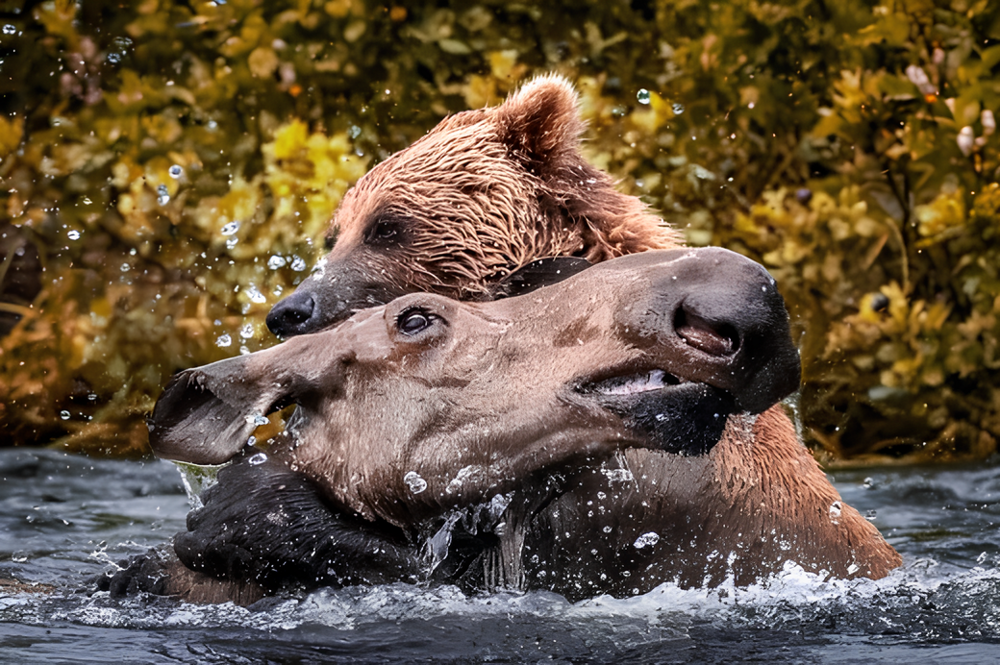
It's nothing personal, big guy, it's just a bunch of fat.
Around the end of October, the animals will begin to hide in dens. By January-February, pregnant females will have cubs, but bears will emerge from their dens no earlier than April. And mothers may even be delayed until the beginning of June - depending on what the weather is like and how much fat they have stored before then. The baby will spend the next 3 years with its mother, after which the males will go far away to look for their place in the world, and the females will remain not far from the mother’s place of residence. They will mature by the age of 5, but will begin to have children of their own only by the age of 9. 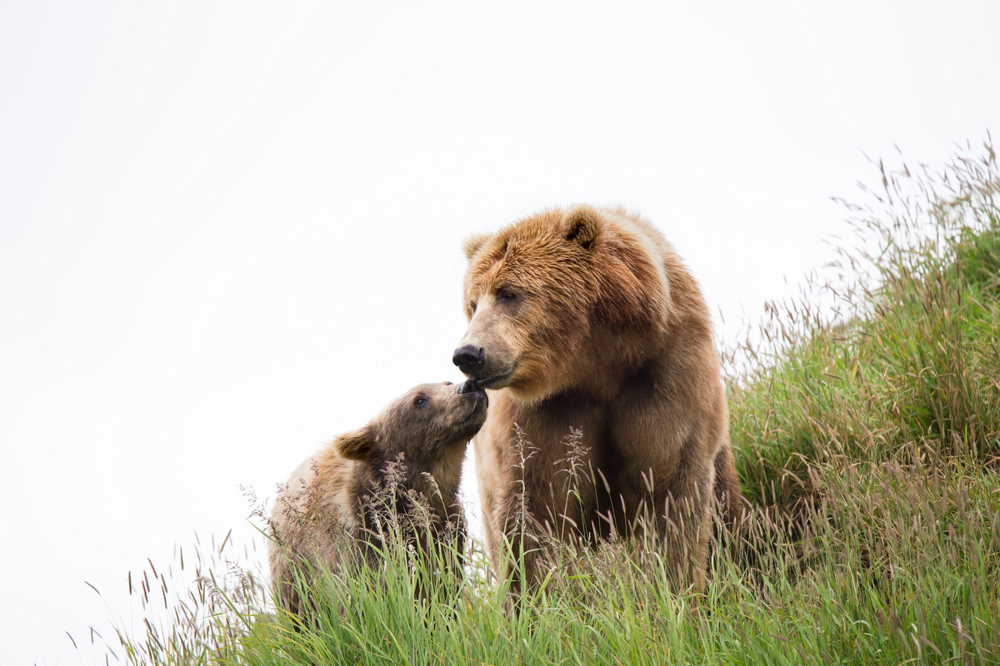
Thanks to the fertile lands, Kodiak mother bears are able to raise from two to six babies! These are some of the highest rates among clubfoot.
Today the Kodiak population numbers more than 3 thousand individuals. The animals are protected by law and generally have little trouble dealing with extinction, poaching and terrible habitat loss. They, however, are threatened by various diseases and parasites from the mainland - after all, 10 thousand years of isolated evolution are making themselves felt.
1 comment
Add your comment
You might be interested in:








